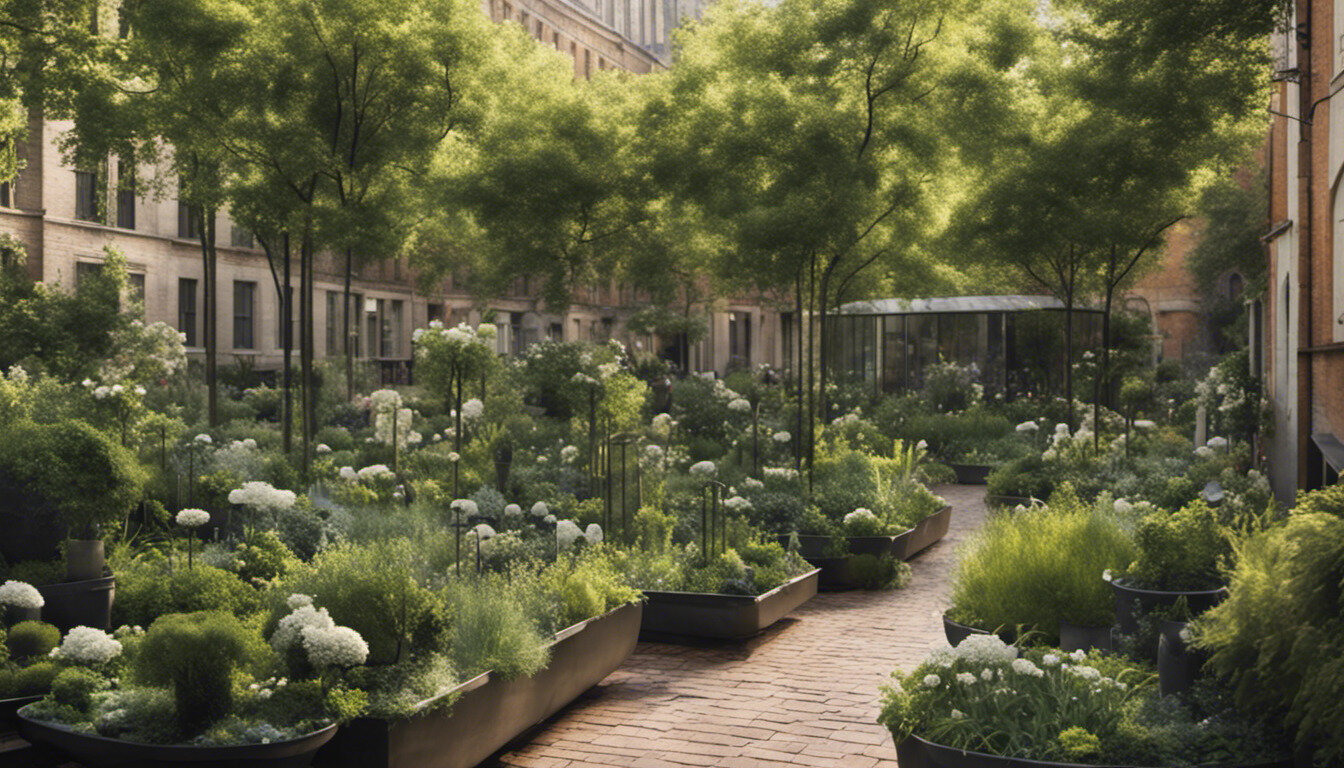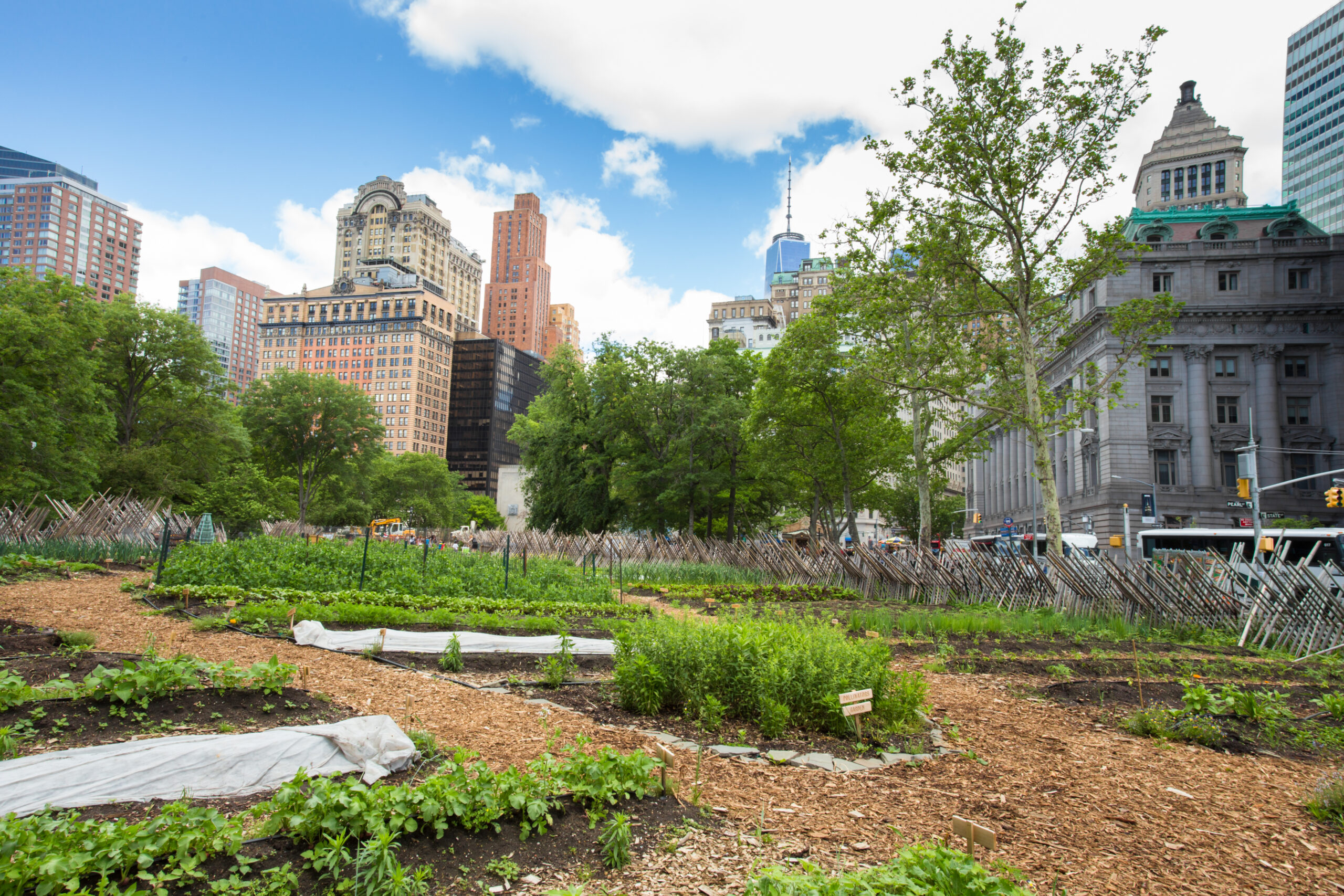Unknown Facts About City Blooming
Unknown Facts About City Blooming
Blog Article
An Unbiased View of City Blooming
Table of ContentsSee This Report about City BloomingThe Main Principles Of City Blooming City Blooming Things To Know Before You BuyThe 7-Second Trick For City BloomingThe 8-Minute Rule for City Blooming
Intrigued in expanding food for sale in the City of Chicago? Assuming about beginning a community garden? Adjustments to the Chicago Zoning Ordinance permit agricultural usages like community yards and urban farms in numerous parts of the city. Below is a list of frequently asked concerns concerning the rules and regulations that farmers need to think about when preparing a metropolitan agriculture task.
The zoning amendment does not change any kind of various other codes managing composting, structure authorizations, purchasing or leasing City had residential or commercial property, service licenses or ecological contamination. There are existing codes that manage these concerns and they continue to be in full effect and may be relevant to your job. Area yards are commonly possessed or handled by public entities, public companies or community-based organizations and preserved by volunteers.
Urban ranches grow food that is planned to be offered, either on a not-for-profit or for-profit basis. Due to their business objective, city ranches need a business certificate. Yes. An area garden is permitted to sell surplus generate that was expanded on site if the sales are accessory or subservient to the garden's key function defined above.
City Blooming - Truths
The amount of compost material can not exceed 25 cubic yards at any type of given time according to the requirements in 7-28-715 of the City's Municipal Code. Because the dirt at a lot of new yard websites requires modifying, compost, dirt, wood chips, or various other products can be obtained to create or improve the expanding area.

If a structure license is needed after that the hoophouse will be considered an accessory structure. You can discover even more regarding the structure authorization needs by getting in touch with the Division of Buildings. The 25,000-square-foot dimension restriction is planned to avoid a solitary area garden from controling a given block or taking away from the block's existing household or business personality.
The restriction does not apply to yards found in Public Open Area (POS) districts. Can there be even more than one area yard that is 25,000 square feet on a single block? Fence is not required, nevertheless, yards that have large parking areas may be needed to install fencing or various other landscaping functions.
The Best Guide To City Blooming
B1 & B2 areas need that all business usage activities be conducted inside. Is fencing needed for city ranches? Fencings may be required, along with landscaping and screening, for certain vehicle parking locations and exterior job or storage space locations depending on area and the certain activity taking location.
Urban ranches call for structure licenses and zoning approvals prior to construction (garden care). Other kinds of city testimonial might be required depending on specific structures, activities, size, landscaping, licensing, public health and stormwater management concerns.
The Department of Organization Matters and Customer Defense can help identify the details type of company certificate that's required. Off street parking is needed for the majority of commercial jobs in Chicago. The called for number of car parking rooms is based on the number of employees functioning on website and not the square video footage of the growing room.
The 25-Second Trick For City Blooming

A metropolitan farm can market compost material created on site, nevertheless, the procedure must abide with the regulations in 7-28-715 of the Chicago Municipal Code. Aquaponic systems are enabled inside on city farms in several zoning districts.
Approximately 5 hives or nests of honey bees may be kept as an accessory usage. Nonetheless, beekeepers need to register with the Illinois Division of Farming. For additional information regarding the suggested zoning change you might speak to the Department of Real Estate and Economic Advancement, Bureau of Preparation and Zoning at 312.744.8563.
Farming in cities and city locations A city farm in Chicago. Urban agriculture describes various techniques of cultivating. https://experiment.com/users/cityblooming, processing, and dispersing food in urban areas. The term likewise applies to the area activities of animal husbandry, tank farming, beekeeping, and horticulture in a metropolitan context. Urban farming is distinguished from peri-urban farming, which takes place in rural areas at the edge of residential areas.
Rumored Buzz on City Blooming
It can include an activity of organic growers, "foodies" and "locavores", that seek to form socials media based on a shared values of nature and neighborhood holism. These networks can create by way of official institutional support, coming to be integrated right into local town as a "transition community" activity for lasting urban growth.
In either case, the much more straight access to fresh vegetable, fruit, and meat items that may be know via city agriculture can improve food safety and food security while lowering food miles, resulting in lower greenhouse gas discharges, therefore adding to climate change reduction. Several of the initial evidence of urban farming originates from Mesopotamia.
Report this page